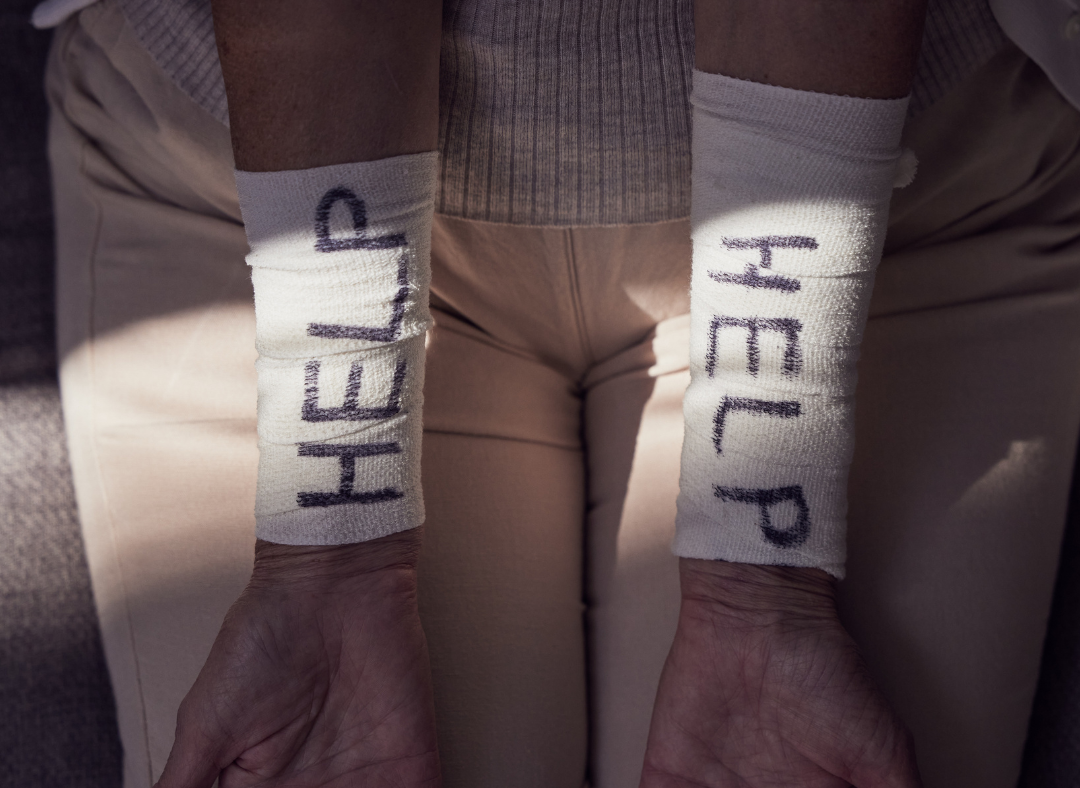Self-harm has become a very serious issue, which has in recent years become increasingly prevalent amongst teenagers around the world. Self-harm or injury is a form of “coping” that involves methods of inflicting physical injury on oneself like cutting, burning, or hitting, to try and cope or deal with overwhelming feelings of emotional pain and stress. Self-harm can however have profound consequences and can likely lead to long term physical and emotional issues. Because self-harm is such a complex issue, it is often misunderstood and believed to be a sign of attention seeking or suicide attempt. Self-harm is, however, most commonly a coping mechanism used by teenagers to deal with emotional distress, trauma or pressure and anxiety, inflicting self-harm is a way for teenagers to feel like they are in control and safe from overwhelming emotions and thoughts by finding a way to release all their pent-up feelings. Self-harm can also be a way for teenagers to communicate the pain they are experiencing to family and friends, when they cannot find the words and are unable to verbally communicate what they are experiencing and going through internally.
There are so many factors that could contribute to self-harm in teenagers, these may include mental health issues such as depression and anxiety. Some teenagers who have experienced trauma such as abuse, neglect or bullying are much more likely to start self-harming. In addition, teenagers who have a history of substance abuse or who have a family history of mental health issues, are also much more likely to self-harm.
It is crucial for us to understand that self-harm is not a solution to emotional pain or stress and can have adverse consequences, both emotionally and physically. Self-harm can cause infections, scars and can cause many medical issues, as well as escalate to suicidal thoughts or attempts. It is therefore crucial to address self-harm as soon as possible and to provide the teenager with the correct support and help.
If you have a suspicion that your teenager is engaging in self-harming behaviour, it is important to approach the topic with empathy and compassion, listening is important and validating their feelings are just as important in that moment. Let them know that you are there to support and help them. Seeking professional help from a mental health professional can assist your teenager in addressing the underlying issues that contribute to their self-harm and will provide them with the correct tools they need to cope and recover in a healthier way.
Prevention is KEY. It is important to create a safe and encouraging environment for your teenager, this includes providing them with a stable home environment, setting clear boundaries and communicating openly with them. Providing your teenager with healthier alternative coping mechanisms like exercise, creative expression, and mindfulness tools, will encourage them to participate in activities that they enjoy and that have positive outcomes. Additionally, it is also important to educate your teenager about self-harm and the consequences thereof, many teenagers engage in self-harm without fully knowing or understanding what the risks are, and by educating them, both parents and educators can help prevent teenagers from engaging in self-harm in the first place.
Here are some therapeutic tips that may be helpful for someone struggling with self-harm:
- Practice empathy: Self-harm is often a coping mechanism for dealing with overwhelming emotions. It is important to understand that you are not alone and that it is okay to struggle. Be kind to yourself and offer yourself compassion.
- Identify triggers: It can be helpful to identify what triggers the urge to self-harm. This can help you develop a plan for coping with those triggers.
- Develop coping skills: Find healthy ways to cope with overwhelming emotions. Some examples include deep breathing, mindfulness, exercise, and creative expression.
- Reach out for support: It can be difficult to talk about self-harm, but reaching out for support is important. Talk to a trusted friend or family member or seek professional help from a therapist or counsellor.
- Safety plan: Develop a safety plan with a mental health professional. This can include identifying warning signs of self-harm, developing strategies to manage urges to self-harm, and identifying resources for support during a crisis.
Remember that recovery is possible, and that seeking help is a sign of strength.


